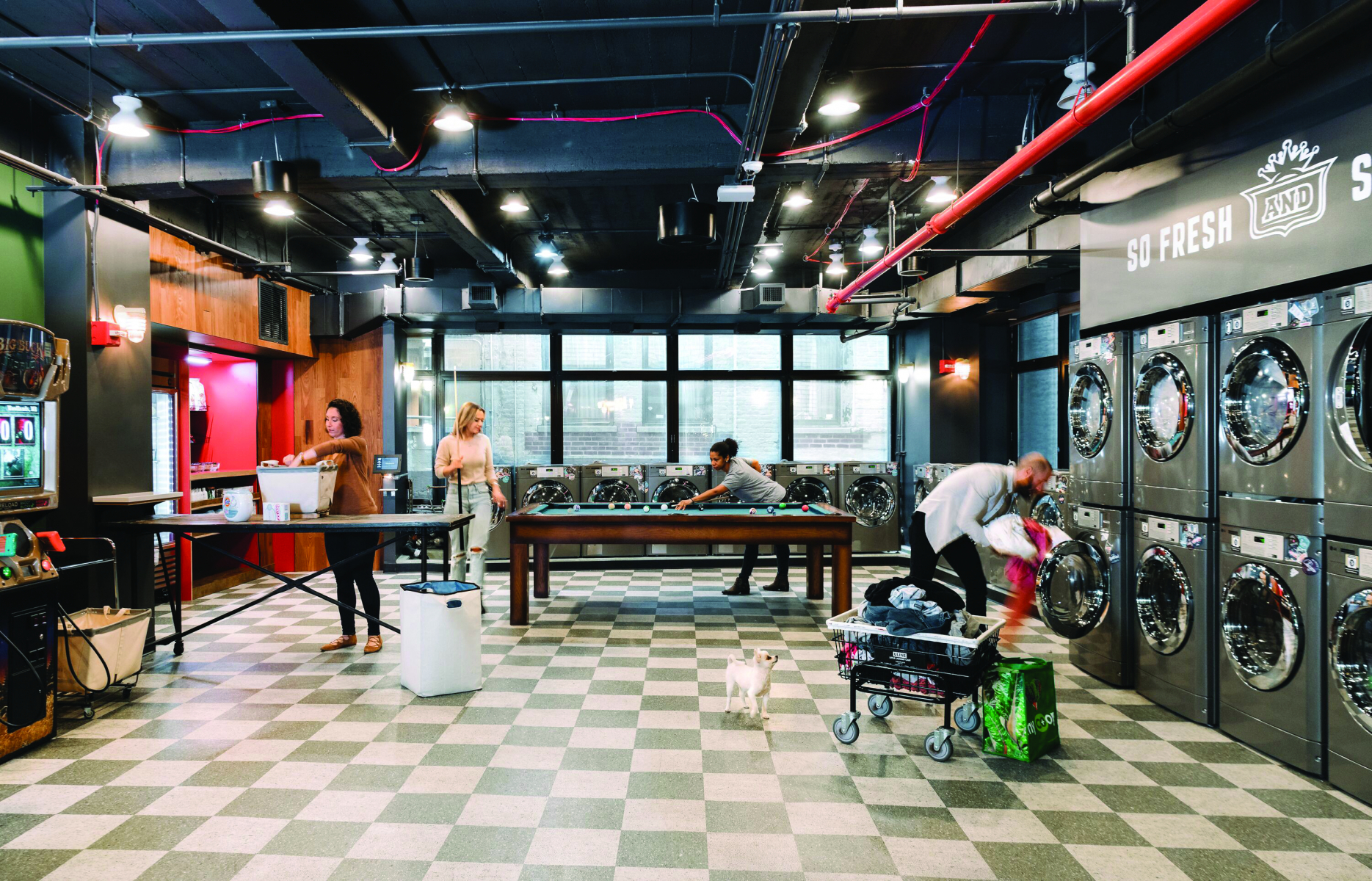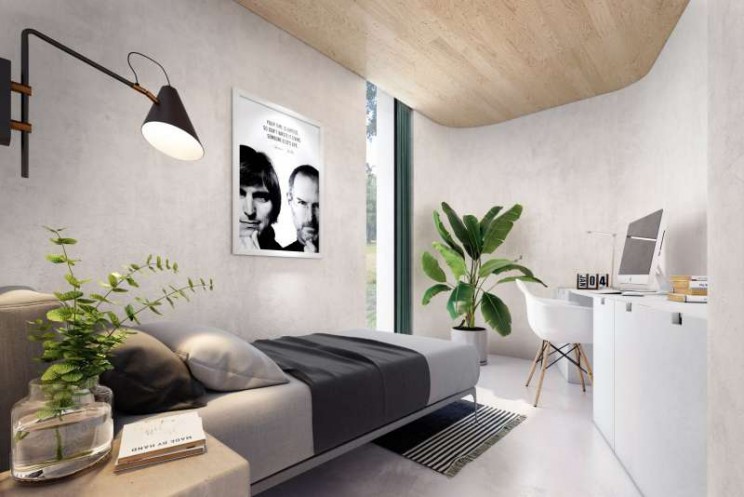Insights
Living Challenges series: combatting the cost of housing.
Part 1: cost, co-living, and concrete printing.
Our cities provide insight into the future of urban living. This Living Challenges series looks at how the problems society is facing are being turned into possibilities…
As desirable business-centric places to live, cities draw a disproportionate share of a country’s wealth and of the world’s richest people. This almost always results in diverse communities (along with young, old, and vulnerable people) being driven out by the rising price of renting, buying, and living… and, subsequently, cities being ‘suffocated by their own success’
The coming decades need a new approach to housing – one that ensures cities remain as places that support and enable all of society to thrive.
The possibilities:
Co-living is a trend that’s set to boom in the next 20 to 30 years. It’s certainly a more cost-effective living option that will be open to city residents and beyond. While many might reel in horror at the thought of sharing spaces with more than 100 others, people throughout Europe are proving that the next generation feel a little differently.
Berlin-based Quarters, a major European co-living company, has seen success with its model of pre-furnished bedrooms, shared common spaces, and amenities such as 24/7 laundry access, cleaning services, and community events. The benefits? People have more affordable access to cities and the flexibility to move between them, rather than being ‘tied down’ by one house purchase.

By comparison, WeWork, drawing on the principles of its global co-working spaces, recently unveiled a co-living project in Manhattan, where residents use a mobile app to agree flexible leases; book fitness classes, pay for cleaning/laundry, and organise potluck dinners.
Urban design is all about the connections that you make for people, creating homes that are as friendly, engaging and interactive as possible.
Seema Mistry, Design and Technical Manager of Apartments for London, explains: “I often talk to young people and students – those who should want to move to cities in the coming years – about what they want from a home. They put less emphasis on the individual apartment and more on all the other amenities: the socialising, working, and lifestyle that an entire complex offers.”
Ian Gow, Partner at Hoare Lea specialising in the Build-to-Rent market, adds: “In Germany and many other European countries, the majority of people rent long-term. The Build-to-Rent market is something that’s been strong both there and in the U.S. and, based on some current projections, it’s showing signs of significant growth over the next five years.
For future generations who are already indicating a trend towards rejecting traditional home ownership – whether that be through necessity or lifestyle choice – the community and convenience aspects of this way of living are really attractive.
Adding to the hype around different ways of living, Airbnb co-founder Joe Gebbia recently launched an initiative to prototype new ways that homes can be designed and built. The aim is for those homes to be shared by multiple people at different times and thoughtfully respond to changing owner or occupant needs.

A printed home
A completely different route to cheaper housing could come via 3D printing. The world’s first 3D-printed concrete smart houses are soon to be available for rent in Eindhoven. Called Project Milestone, the homes fulfil the criteria of the strict Dutch building code that spans everything from comfort and layout to sustainability requirements. With an exceptional rate of production possible for 3D-printed housing (both on and offsite), construction costs should fall dramatically and – in theory – translate into affordable on-demand quality housing for future generations.
Coming soon in this Living Challenges series: responding to reduced space